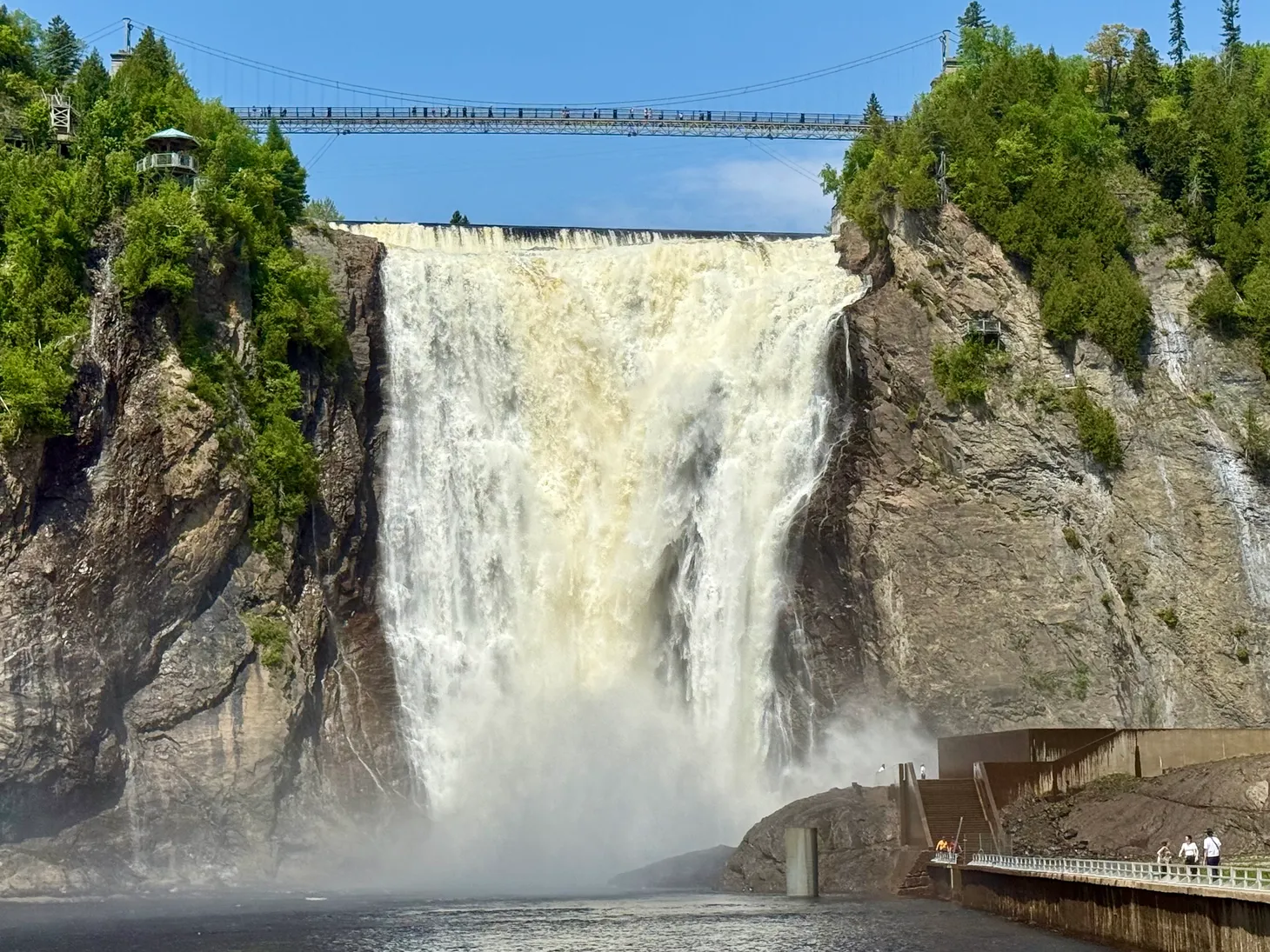How old-school role-playing influenced Elite
 The pen & paper role-playing game Traveller was published in 1977, the same year Star Wars war released.
The pen & paper role-playing game Traveller was published in 1977, the same year Star Wars war released.
The science-fiction RPG was quite innovative: skill-based character development, character generation with unique back stories that really mattered in-game and of course space, the final frontier.
An open world where anything can be done (you can be a pirates, a trader, a privateer, and whatever you choose in between). Traveller plays in a universe that is quite similar to later science-fiction games like Elite or even Eve Online. 
Since the classic space trading simulation Elite came out in 1984 many fans discuss to this day if and how it was influenced by Traveller.
There is one interesting hint in the game: You play commander Jameson in Elite. In Traveller the example for character generation describes the birth of a certain Jamison. In the Reddit AMA Elite co-creator David Braben was asked about this, he answered that he never play Traveller but his partner Ian Bell did.
So I asked Elite co-creator Ian Bell: Was traveller an inspiration for Elite? He answered:
I used to play Traveller. David played Space Opera. So the Elite Trade Goods at least are more Space Opera than Traveller. Maybe the Planet Govt types too. Jameson is definitely a nod to Traveller though, I changed the i to e to make it a little less blatant, and also reference the whisky. We got a legally letter from Traveller when they were doing their
first computer game, vaguely threatening and accusing us of ripping of Space Trading and Space Combat from them. I replied saying we were ripping of Space Opera more than Traveller, and pointing out that we hadn’t ripped 2D Hexagonal Grid space combat, rather going into continuous 3D graphics. I suggested that *we* might have a problem with
*them* if they did likewise, all rather sarcastic; and never heard anything back. I don’t think I have the letters anymore, sadly.




